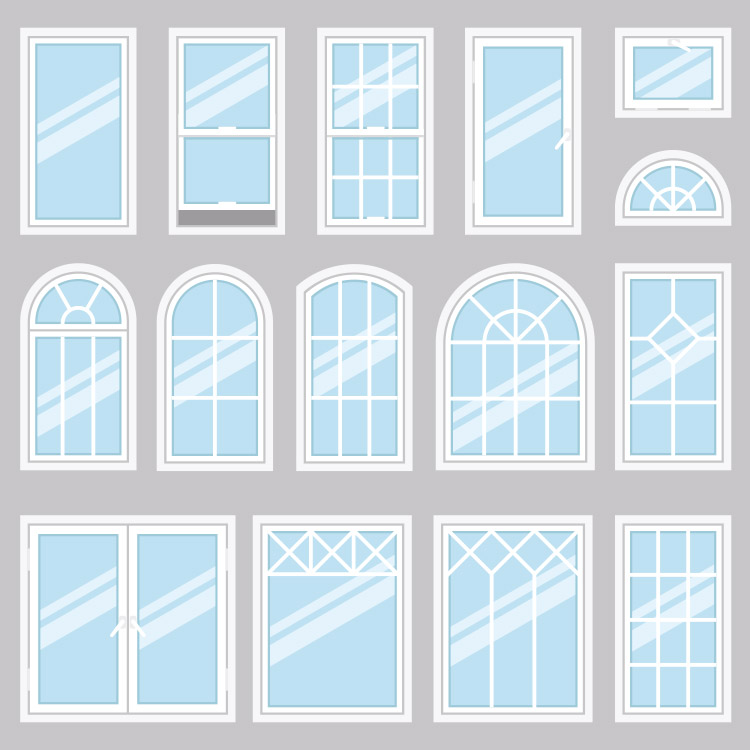Types of windows
Learn about different types of windows and how they are used
Certified windows
Some windows can be categorised according to their unique performance. Many of our most impressive window profiles have gone through rigorous testing to receive purpose-specific certificates, for example.
Take our passive house certified products, for instance. These windows have been engineered with excellent thermal insulation in mind, whether this be from the addition of multiple chambers or carbon fibre inserts. These features have the profiles meet the Passive House Institute's Uw-values of 0.8 W/m²K or below and reduce energy bills.
Another example are our hurricane windows which, given their reinforced glass and durable exteriors, have met pressure load and impact tests meaning they have received accreditation from Miami Dade.
For something as seemingly simple as glass in a frame, windows are as diverse as their locations and usage. From transoms located above a window or door to gable windows under a roof or single hung windows, you could fill a book with the construction types, opening types, designs, and purposes. But we won't go quite that far. Instead, learn more about the most common designs in use today including their intended use and benefits.
The main categories: Location, certified, opening style, and design
There many different types of windows from casement to arched and transom. However, to better clarify the differences, it is useful to divide them into these main groups: certified profiles and then windows named for their location, opening mechanism, and design. Nevertheless, these categories can and do overlap as shown in the examples below.
Windows named according to their location
A number of window types are named simply according to their installation location. Consider front doors, side doors, and back doors, for example. The name denotes nothing more than location and leaves the opening style, material and design to be discovered. Neuffer offers a wide range of specialised windows, including:
- Balcony Windows
- Dormer Windows
- Gable Windows
- Kitchen Windows
- Roof Windows
- Skylights
- Transom Windows
Each of these examples can be customised with different sizes and opening styles such as tilt, pivot, and casement. However, in these cases the location usually plays a large role in determining the window's performance needs as well as available options in terms of security, insulation, opening mechanism, and more. Therefore, they are often discussed as a category in and of themselves.


